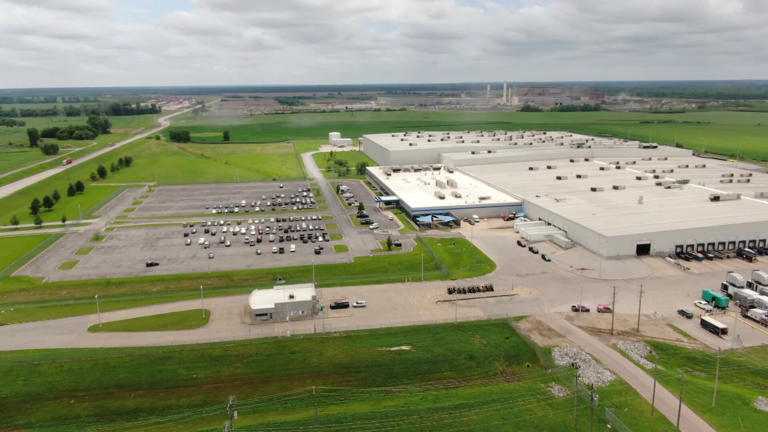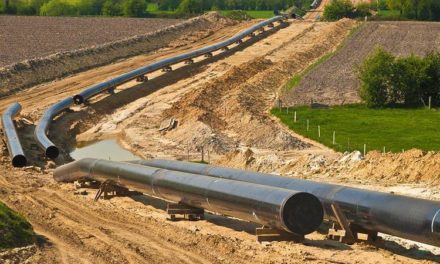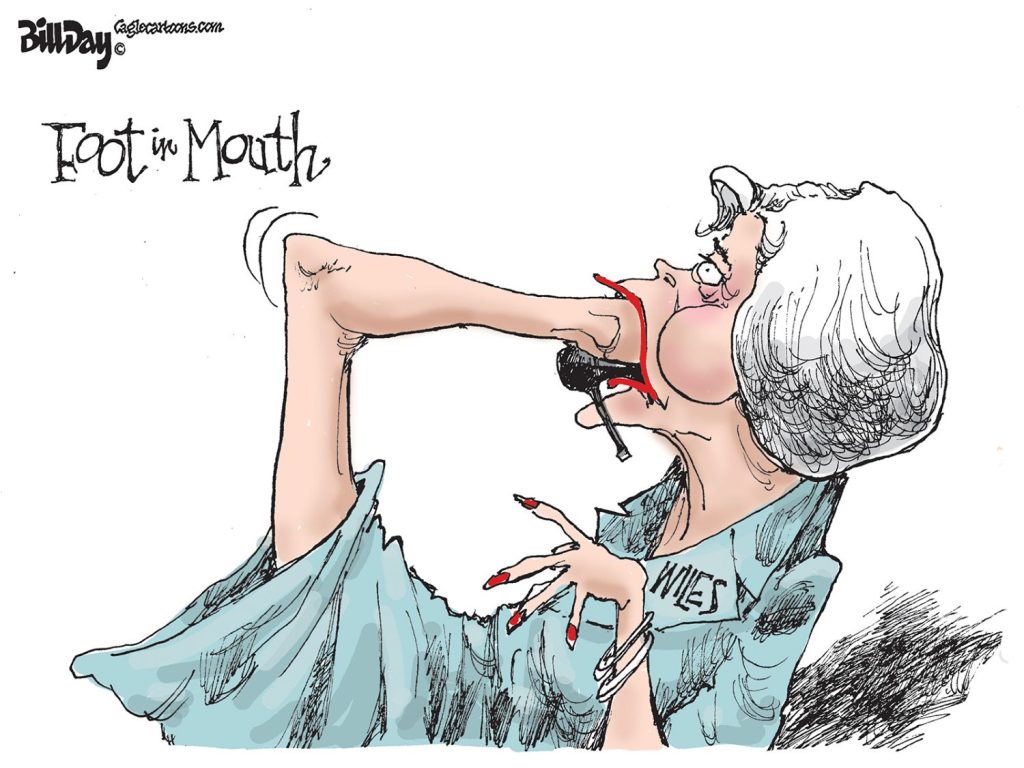USA Today asked me to would write a column about the status of the xAI project. It was published July 24.
**
Elon Musk is building a supercomputer in Memphis. Not everyone is loving it. | Opinion
The images of xAI’s Colossus supercomputer versus Memphis’ Boxtown neighborhood are stark. David versus Goliath. Power versus pride.
By Tom Jones
Opinion contributor
Far from the media spotlight where Elon Musk feuds with a sitting president and talks of starting a new political party, a largely unknown controversy is playing out in Memphis as the world’s richest man builds what he calls the world’s biggest supercomputer.
The project is happening in Boxtown, a South Memphis neighborhood that is 99% Black, according to the U.S. Census Bureau. Nearly half of Boxtown’s 2,865 residents have annual household incomes below $25,000 a year, yet many are homeowners.
The images of xAI’s Colossus supercomputer versus Boxtown are stark. David versus Goliath. Power versus pride. The indeterminate future of artificial intelligence versus the tawdry reality of majority African American neighborhoods becoming home to industrial polluters.
Clumsy communications and lack of transparency have eroded the project’s political support. Answers to the public’s questions about environmental damage have been obscured by nondisclosure agreements with public agencies, redacted public documents and explanations coming from the Chamber of Commerce and mayor’s office instead of from xAI itself.
Michelle Taylor, the Shelby County Health Department director, has criticized the project’s lack of transparency, saying her department was kept out of the loop in the early stages of its development.
Why is a Memphis community fighting Elon Musk’s supercomputer?
After months of behind-the-scenes maneuvering, the Greater Memphis Chamber announced in June 2024 that xAI would build the “world’s largest supercomputer” in Memphis. Chamber representatives have often acted as de facto spokespeople for the project, rather than allowing xAI officials to respond for themselves.
The project, which has increased in scope since that announcement, has raised many questions about air pollution, water usage and the equity of government incentives for the project.
Neighborhood residents and environmental advocates have fought back, but it isn’t easy. The swiftness of the project’s progress leaves few options for stopping it.
Desperate opponents like the Southern Environmental Law Center and NAACP plan to sue, and the nonprofit Memphis Community Against Pollution has organized to fight the project.
Colossus critics cite sweetheart deals and environmental racism
A leader for the opposition group is state Rep. Justin Pearson, a Democrat from Memphis, who became nationally known when the Republican supermajority in the legislature expelled him after he used a megaphone during a gun control protest on the House floor in 2023.
Pearson, who was reappointed to the state office by the Shelby County Board of Commissioners, brings star power to his role with anti-supercomputer protests.
He says African Americans are 75% more likely to live near toxic hazardous waste facilities and have higher cancer rates than White Americans.
xAi in Memphis: Unpacking how Elon Musk’s xAI supercomputer project in Memphis unfolded over the past year
Already located near Boxtown are some of the region’s largest emitters of hazardous chemicals: Tennessee Valley Authority’s Allen Combined Cycle Plant, Valero Memphis Refinery and Nucor Steel. Yet, the nearest air monitoring station is 9 miles away in downtown Memphis.
Fueling the opposition is a lack of convincing answers about issues like whether xAI should receive an air-emissions permit for 15 natural gas turbines as a backup energy source, and whether the turbines that have been operating at the site for a year are legal.
Supercomputer’s opponents face a colossal battle
The addition of Colossus in Memphis raises two inconvenient truths: the city’s failing grade in air quality (in 2021, the American Lung Association gave Shelby County an “F” grade) and charges of environmental racism in light of the history of locating polluting industries in African American areas of the city.
When Memphis Mayor Paul Young hired a firm that concluded there were no dangerous levels of pollutants in Boxtown, critics dismissed it as a political stunt since the results supported the mayor’s point of view.
Memphis Community Against Pollution has announced that it will pay for air quality sensors for the Boxtown area.
Young and others have made much of the fact that Colossus will pay $33 million in city and county taxes. But while the mayor says Musk’s operation will get no tax breaks, the $12 billion project is assessed for property taxes at $2.2 billion.
In addition, my research found that xAI buys electricity − enough for a city of more than 200,000 − from the local utility at the industrial rate of $64 per megawatt hour. Meanwhile, residents of Boxtown and all other residential customers in Memphis and Shelby County pay almost twice as much, at $122 per megawatt hour.
In the rush to support the project, there’s been little public discussion about tying the Memphis brand to Musk and becoming home to Colossus, which serves as the engine for what he has called the development of “truth-seeking” systems.
Yet, there’s an air of inevitability about the completion of Colossus as it becomes a reminder about how powerful teams of lobbyists and public relations consultants get what they want, while grassroots groups can offer little resistance.
Regardless of xAI’s success in Memphis, it’s clearly created division in a city in need of harmony.
Tom Jones is the principal of Smart City Consulting, which focuses on public policy development and strategic planning. He writes a monthly column for Memphis magazine and has written the Smart City Memphis blog for 20 years.





It’s not in Boxtown though.
Puh-leese. A pretty weak defense.
It is located in a large industrial park. That is where is belongs and I see no issue with it.
A classic case of environmental racism and xAI will increase pollution that will negatively affect the Boxtown residents’ health. Strange how these are never built where you and I live.
It’s not a defense to say the project wasn’t built in Boxtown. You say the census tract where the Electrolux project was built is located is 99% black. It’s the second paragraph and the first premise of your argument. Strunk and White would tell us that it should be crucial to the argument. You looked up the tract demographics, so you must have known it was false when you wrote it. You also wrote it after the plans were known for the turbines in Desoto County.
A “defense” would be that the (3-4x as large) power generation for the second site appears to be going into a 52% white 34% black neighborhood with $53,427 median income.
There are 27 industrial facilities in the majority Afican American area. As I stated, it is textbook environmental racism. And USA Today has a rigorous fact-checking process. Where did I refer to a census tract?
https://dragonflyeditorial.com/out-of-my-element-digging-in-to-strunk-and-white-and-coming-up-mostly-empty/
I’m confused. Do you mean there are 27 industrial facilities in Boxtown? In Southwest Memphis? Why didn’t you include that in your piece?
Regarding the “census tract” reference. My mistake. You said “according to the U.S. Census Bureau” without referencing a specific “census tract”. I’m not sure how that meaningfully affects your conclusion, but my bad. It is still false and misleading.
Whether the residents of Boxtown are victims of “environmental racism” (they are) does not have any bearing on whether this specific project is further contributing to their burden. Supporting your argument with easily debunked falsehoods undermines the credibility of those who would fight against the actual harmful actors in that part of town. If my first impression of this controversy as a USA Today reader who isn’t from Memphis is this article, and my next action is to pull up Google Maps to confirm the facts alleged therein, I would immediately see that you’re misrepresenting the situation and doubt everything that follows.
How does that help the cause?
I appreciate the confession: You are definitely confused. The 27 industrial facilities in Southwest Shelby County was eliminated in editing since the point of the column was about xAI and its disregard for the area, a disregard that has played out in city after city where Musk routinely ignores local regulations and policies. I think you should rely on the residents of Boxtown to tell you if this project is contributing to their burden. They’ve been pretty clear in their opinion. I’ll rely on USA Today’s team of fact checkers who signed off the article rather than your use of Google Maps. Thanks anyway. You’re so passionate about this subject; I’m surprised you are anonymous.